In the Beginning

Although Jefferson inherited his father’s 5,000 acres in 1764, he didn’t begin building the Monticello Plantation until 1768. The 5,000-acre plantation’s main crops were tobacco, wheat, and other grains and had been cultivated by both indentured servants and slave labor.
Although it was not uncommon for wealthy plantation owners to use slave labor at the time, it was uncommon for any special interest to be paid to any individual servant.
The Restoration

After Jefferson’s death, his grandson sold the estate to a druggist who in turn sold it to, Uriah P. Levy, who was an admirer of Jefferson’s. After multiple Levy generations watched over and took care of the property, the Thomas Jefferson Foundation purchased it back in 1923 and converted Monticello into a museum and educational center.
Now that Monticello was a museum, historians thought it would be a good idea to review the original floor plans to begin restorations. With no floor plans to be found and no one who could tell them exactly how the home looked, they began looking for any other documentation there might be about the home.
A Hidden Room?
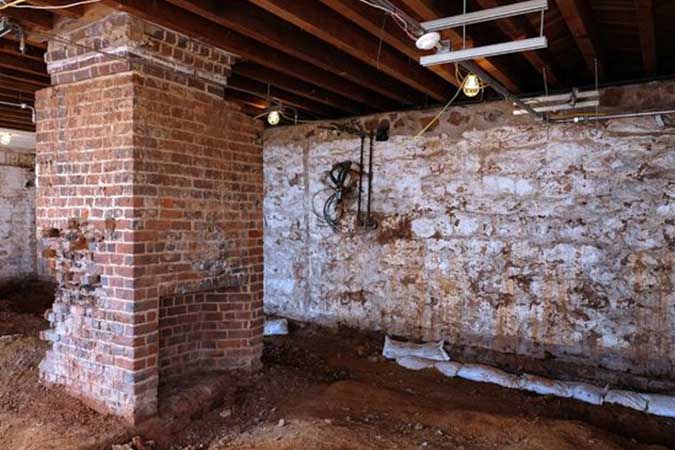
In their search, they came across a diary from Jefferson’s grandson who detailed a space that no longer fit with the current floor plan. Although scholars knew that this particular grandson of Jefferson was not the most reliable source, they didn’t see a reason for him to lie about the room in his diary.
With Jefferson’s house having gone through many restorations over the last couple centuries, the room had stayed completely hidden. Even when a new bathroom was installed above it in 1941, the hidden room still went undiscovered.
Connecting the Dots
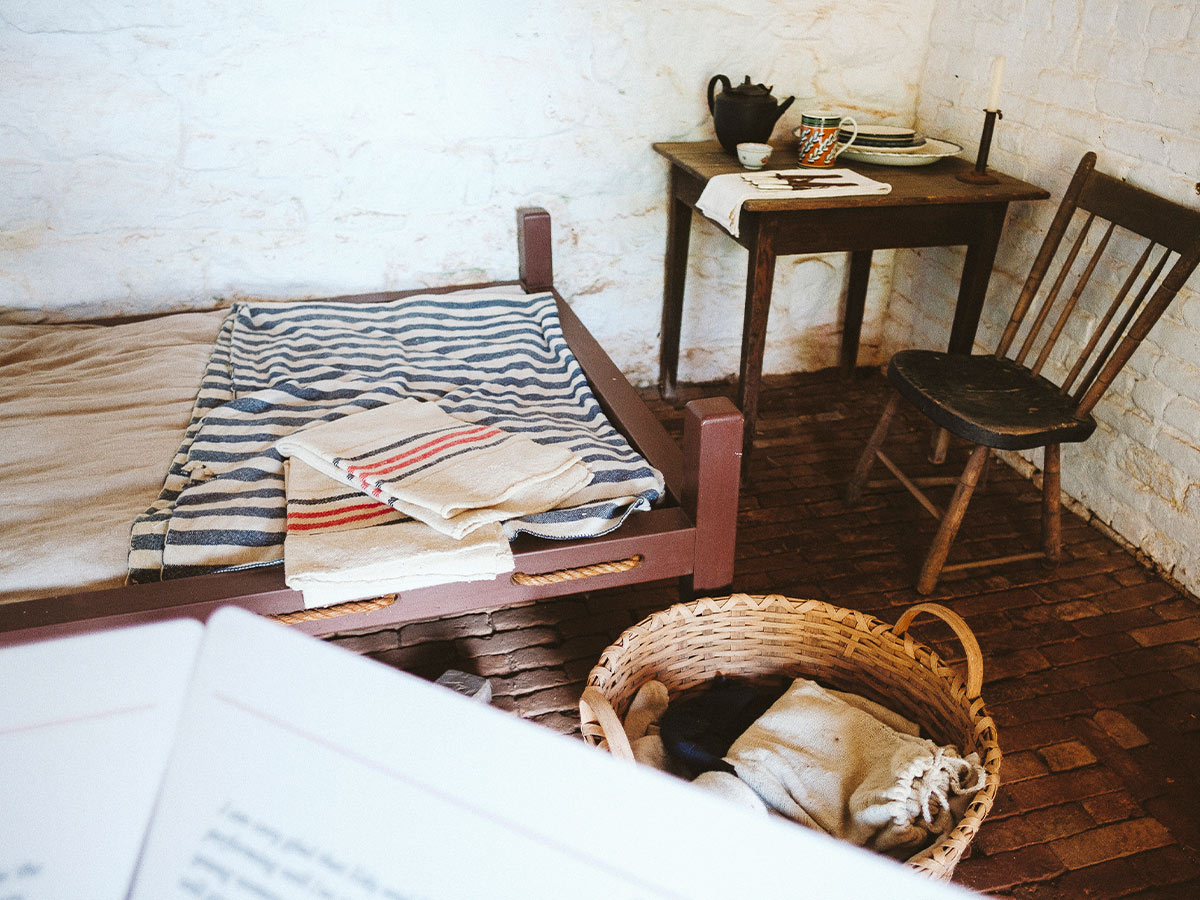
During a restoration in 2017, scholars examined the area that had been described by Jefferson’s grandson and soon found what had been described. The room was small, only about 195 square feet, but the location of it, close to Jefferson’s private room, gave everyone pause. This secret room only renewed rumors about Jefferson that had been going on for more than 200 years.
The main rumor was that Jefferson had been in a relationship with another woman after the death of his wife in 1782. This in itself was not surprising; however, the surprise was that this woman was in fact an African slave girl. Several prominent people, such as John Adams, have eluded to the affair in their writings.
Sally Hemings

The slave girl rumored to be his mistress was a young girl named Sally Hemings. Not much was known about Sally aside from the fact that she was Thomas Jefferson’s wife’s half-sister—until recently when scholars began to take a deeper look into the life of this mysterious woman.
Upon digging into the character of this unknown lady it became clear that she did seem to have some sort of favoritism within the Jefferson household. It was discovered that she never worked a day of hard labor outside but was instead always given tasks inside the main estate.
Travel Companion
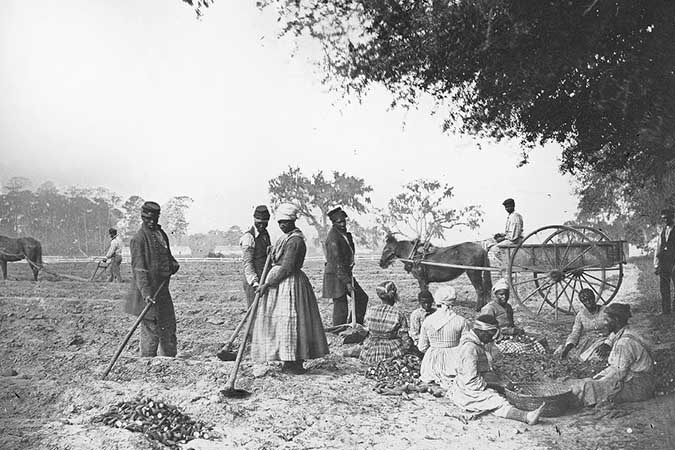
She arrived at the plantation a very early age and she lived and/or worked at Monticello until Thomas Jefferson’s death in 1826. Scholars continued to learn even more about the life of Sally Hemings.
Thanks to the evidence found in the hidden room, another rumor was confirmed. There had also been a rumor that Jefferson had taken a young girl to France during his ambassador years during the revolutionary period. That young girl had been Sally Hemings, barely 14-years-old.
The French Ambassador

This confirmation only stirred up more questions because at the time the pair made their way to France, slavery had already been outlawed in that country. Because Jefferson was widowed, the fact that he took someone with him on the trip didn’t raise any eyebrows at first.
Because Sally could have stayed in France a free woman but instead chose to return to the states with Jefferson, the rumors that the relationship was more than companionship soon spread. Although historians have long speculated on when this affair might have started, and/or if it was entered into consensually by both parties, one thing is certain. Sally became pregnant.
More Than Friends
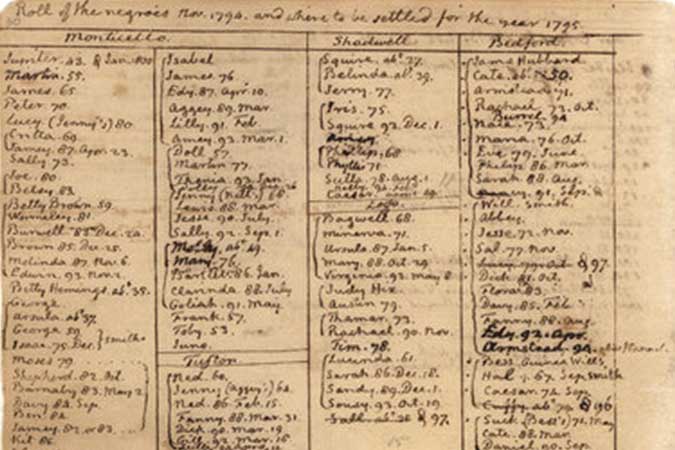
After the room was found, historians discovered that Sally had given birth to five children which led to speculation whether or not they were all Jefferson’s, due to the hidden room’s proximity to his private rooms. It is also believed that the hidden room was where all five children were born. The most compelling piece of evidence that Sally’s children were also Jefferson’s was this—of the more than 500 slaves on the estate, only a handful were ever granted their freedom.
Sally Hemings and all of her children were not only granted their freedom, but they were also provided income with which to start their lives. Something that at the time, had never been heard of. In addition, even though Sally had been given her freedom years before Jefferson’s death, she remained at Monticello until he passed in 1826, adding more evidence that their relationship was more than slave owner and slave.
Jefferson’s Possible Descendants

Only four of Heming’s five children survived childhood. Of those four, scholars have only been able to track down two: Harriet Hemings and Eston Hemings. Eston, the youngest living son, had a very light skin tone and was able to assimilate into society as a white person. After he moved to Ohio, rumors quickly spread that he was the son of Thomas Jefferson.
Eston and his family decided leave Ohio and move to Wisconsin, however, the rumors about his heritage lingered. When Eston was asked about his lineage, he was quoted as saying, “Well, my mother, whose name I bear, belonged to Mr. Jefferson and she never married.” This comment continued to fuel the fire behind the rumors of Jefferson’s relations.
Relying on Science

It wasn’t until the 2000’s that scientists would begin to dig into the DNA of the Eston and his relatives. After locating the descendants of Eston Hemings, blood samples were drawn and sent to Dr. Eugene A. Foster, professor of pathology, for analysis.
Once the data came back, Dr. Eugene reported, “…the Y chromosome of a descendant of Eston Hemings Jefferson made a perfect match to Jefferson’s… Thomas Jefferson was most definitely the father.” This revelation was not a big surprise to Sally Hemings’ descendants.
Mixed Feelings

However, these results were not received as absolute truth. The Thomas Jefferson Foundation created a nine-person committee of the Foundation’s most educated scholars to look over the evidence as well as do any other additional research into the matter.
After looking over all of the evidence carefully and putting the pieces together for themselves, the committee members concluded that Sally Hemings’ children were descendants of the Jefferson family—just not Thomas Jefferson’s branch. The committee decided that Sally’s children were instead Randolph Jefferson’s, Thomas Jefferson’s brother.
The Hypothesis
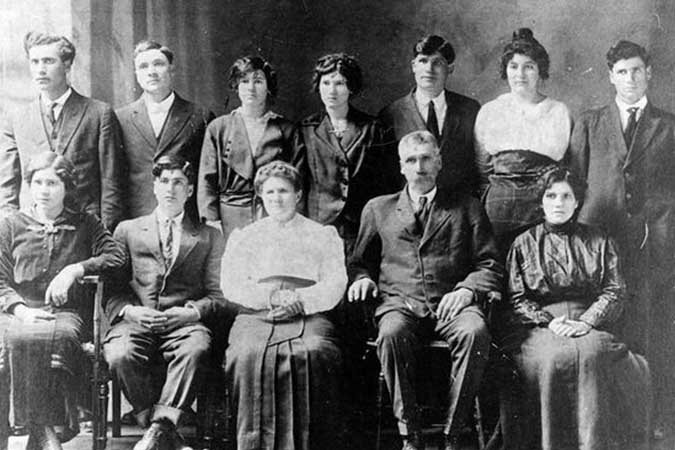
The familial resemblance and DNA tests could all be explained away by the committee with the belief that Jefferson’s brother fathered the children. Although this was the final decision by the Jefferson Foundation, the rumors of the time period, the discovery of the secret room and the DNA test results all together form an argument for Sally Hemings’ children being Thomas Jefferson’s.
The truth about Sally Hemings and Thomas Jefferson’s relationship might not ever be known for sure in our lifetime. Although Hemings supposedly told her children that Thomas Jefferson was their father, it is reported that she never spoke on the matter of her children’s father otherwise. Both Hemings and Jefferson died without ever letting the world know the truth. All we have now are rumors and circumstantial evidence left of the life that these two once lived, possibly together.
 Author
Ron Winkler
Last Updated: October 07, 2025
Author
Ron Winkler
Last Updated: October 07, 2025